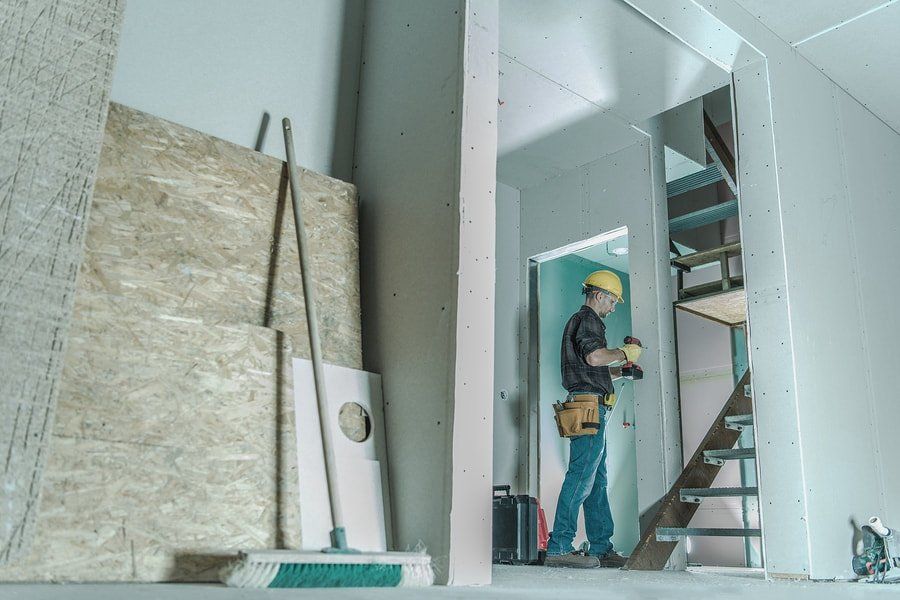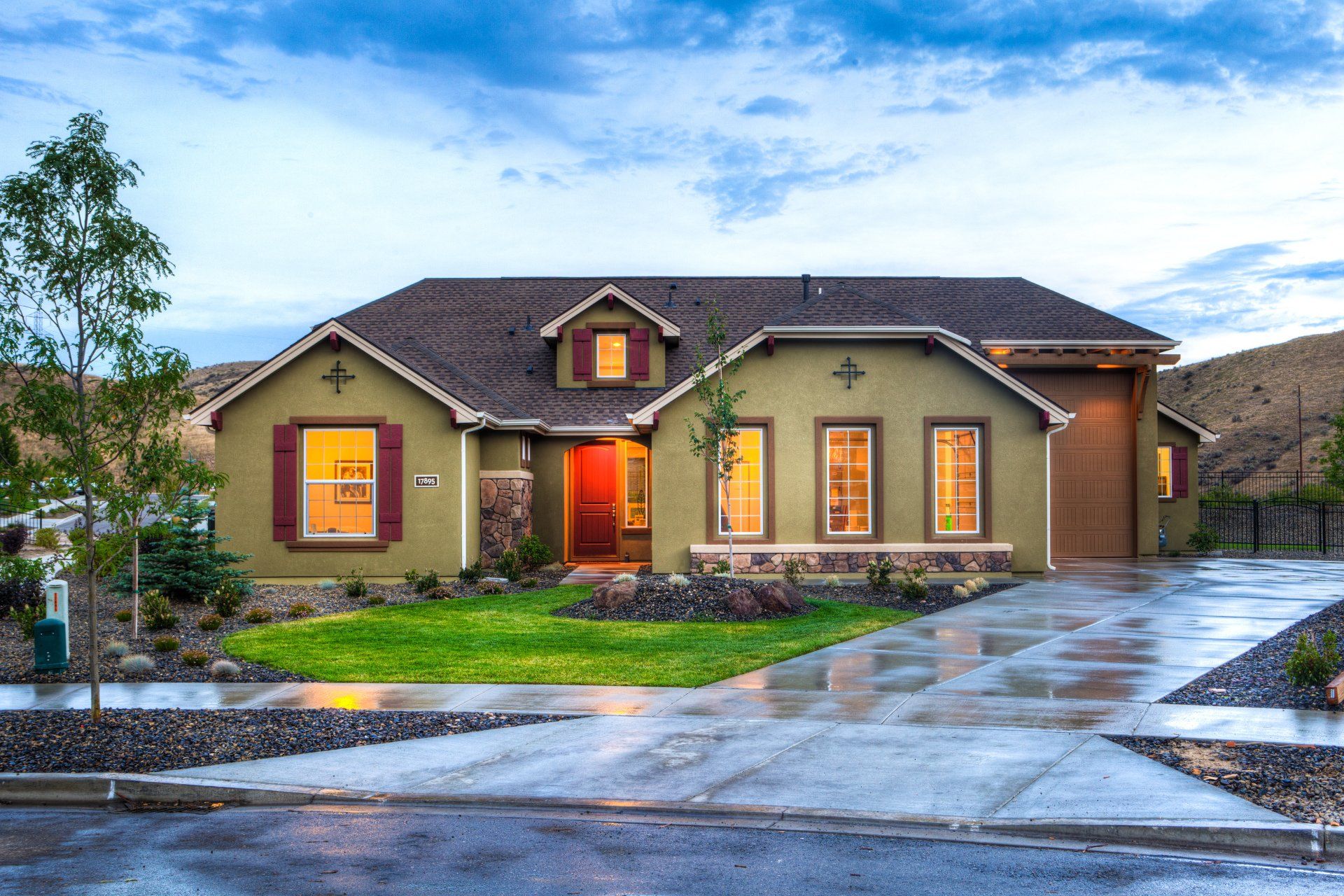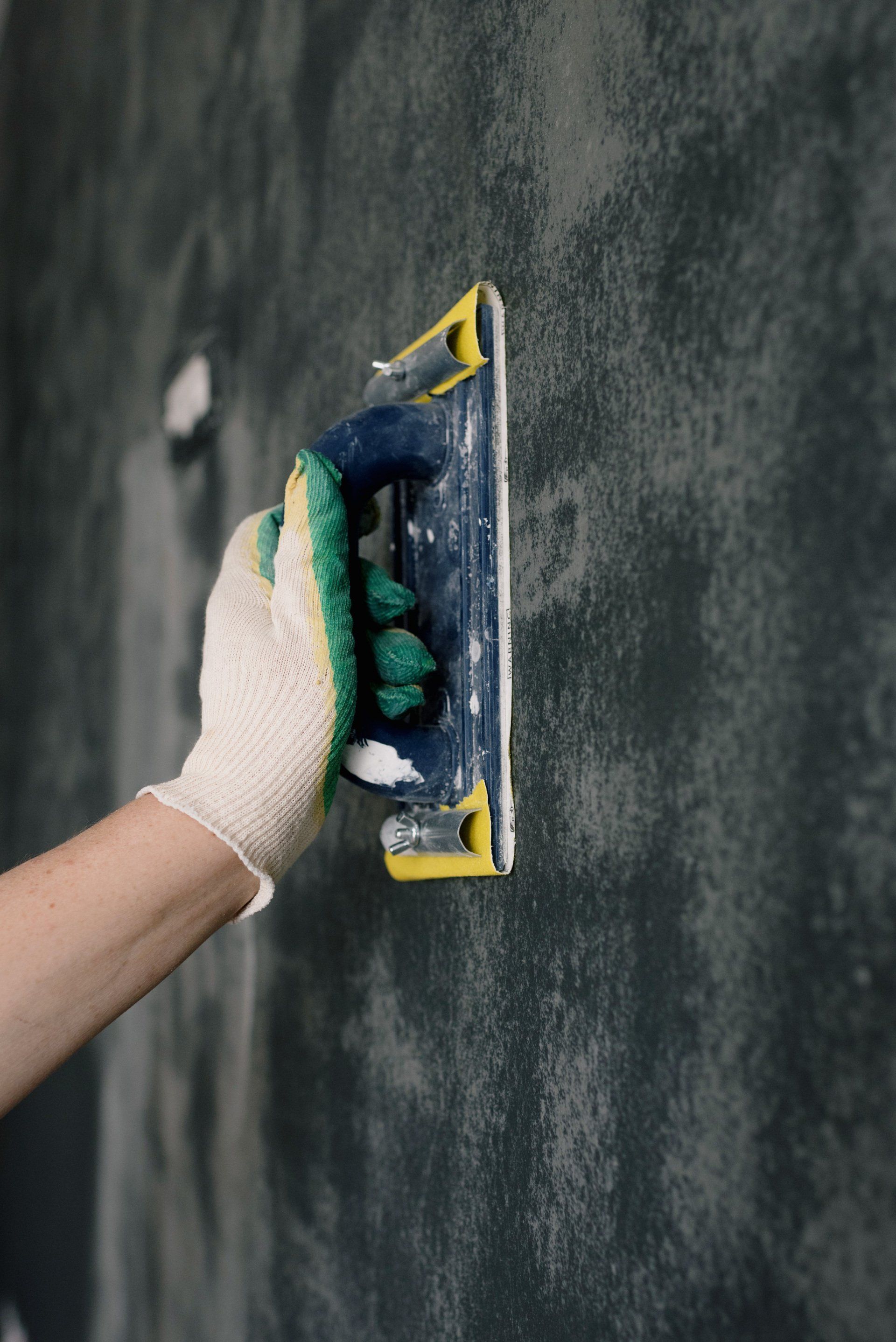Drywall Done Right: Expert Tips for Flawless Repairs and Installations
Your Ultimate Guide to Professional Drywall Repair and Installation
Drywall is a fundamental component in most homes and commercial spaces, providing a smooth, seamless surface that can be painted or wallpapered to suit any design aesthetic. Whether you're dealing with minor damages like nail holes or more significant issues such as water damage, knowing how to perform drywall repair and installation properly is essential for maintaining the integrity and appearance of your walls. In this comprehensive guide, we'll walk you through the steps for flawless drywall repairs and installations, offering expert tips and tricks along the way.

Understanding Drywall and Sheetrock
Before diving into the repair and installation process, it's crucial to understand the materials you'll be working with. Drywall, also known as gypsum board or wallboard, is a panel made from calcium sulfate dihydrate, with or without additives, typically extruded between thick sheets of facer and backer paper. Sheetrock is a brand of drywall and is often used interchangeably with the term drywall.
When to Call for "Drywall Repair Near Me"
Sometimes, the extent of damage or the scope of work might be too overwhelming for a DIY project. In such cases, searching for "drywall repair near me" or "sheetrock repair near me" can connect you with local professionals who specialize in drywall repair. For those in Arizona, looking up "drywall repair Tucson" or "drywall repair Tucson AZ" will provide you with options tailored to your location.
Common Drywall Issues and How to Fix Them
Small Holes and Cracks
Tools Needed:
Spackle or joint compound, putty knife, sandpaper, primer, paint.
Steps:
- Clean the area around the hole or crack.
- Apply spackle or joint compound using a putty knife, smoothing it out to be level with the surrounding wall.
- Allow it to dry completely.
- Sand the area until smooth.
- Prime and paint to match the rest of the wall.
For quick fixes, you can search for a "drywall handyman" who can handle these minor repairs efficiently.
Medium Holes (Up to 6 inches)
Tools Needed:
Patch kit, drywall saw, utility knife, joint compound, sandpaper, primer, paint.
Steps:
- Cut a square around the hole with a drywall saw or utility knife.
- Insert a pre-made patch or cut a piece of drywall to fit.
- Secure the patch with drywall screws.
- Apply joint compound over the patch, feathering the edges to blend with the existing wall.
- Let it dry, then sand smooth.
- Prime and paint as needed.
Searching for "drywall repair contractors" can provide professional help for more complex patch jobs.
Large Holes (Over 6 inches)
Tools Needed: Replacement drywall piece, drywall screws, utility knife, drywall tape, joint compound, sandpaper, primer, paint.
Steps:
- Cut out the damaged section to the studs on either side.
- Measure and cut a new piece of drywall to fit.
- Secure the new drywall to the studs with screws.
- Apply drywall tape along the seams, then cover with joint compound.
- Smooth out the compound, let it dry, and sand the area.
- Prime and paint to match the surrounding wall.
- For a job of this magnitude, hiring drywall repair contractors might be more cost-effective and result in a better finish.
Water Damage
Tools Needed: Utility knife, replacement drywall, drywall screws, joint compound, sandpaper, primer, paint.
Steps:
- Cut out all affected drywall, ensuring to remove all damaged material to prevent mold growth.
- Replace with new drywall, secure with screws.
- Tape, mud, sand, prime, and paint as you would with any drywall repair.
- When dealing with extensive water damage, especially if mold is present, it's wise to consult a drywall handyman or professional who specializes in gypsum board repair.
Tips for Perfect Drywall Installation
Planning and Measuring
Accurate measurements are key to reducing waste and ensuring a seamless fit. Measure your walls and cut drywall panels to size before installation.
Cutting Drywall
Use a sharp utility knife to score the drywall along a straightedge, then snap the board along the line. Cut through the paper backing on the other side to separate the pieces.
Securing Drywall Panels
Begin fastening drywall panels to the ceiling, then work your way down the walls. Use drywall screws and drive them into the studs, spacing them about 16 inches apart.
Taping and Mudding
Use paper or mesh tape to cover seams between drywall panels. Apply joint compound over the tape with a taping knife, smoothing it out evenly. Allow it to dry, then sand it smooth.
Finishing Touches
Once all seams and screw holes are covered and sanded, apply a coat of primer before painting. This will ensure an even finish and help the paint adhere better to the drywall.
How Much Does Drywall Repair Cost?
Costs for drywall repair can vary widely depending on the extent of the damage and your location. If you're searching for "drywall repair drywall repair AZ cost" or "drywall repair drywall repair AZ near me," you may find a range of prices. Small repairs like patching a hole might cost as little as $50 to $75, while larger repairs could range from $200 to $500 or more.
For extensive damage or complete drywall installation, expect costs to be higher. It's always a good idea to get multiple quotes from
drywall repair contractors to ensure you're getting the best deal.
DIY vs. Professional Drywall Repair
While many drywall repairs can be handled by a handy homeowner, there are times when calling in the pros is the best option. If you're dealing with significant damage, water issues, or simply don't have the time or tools, a "drywall handyman" can provide a quick, professional solution.
For those looking for "drywall repair Tucson" or "drywall repair Tucson AZ," many local contractors specialize in everything from small repairs to complete installations. Hiring
professionals ensures the job is done right the first time, saving you time and potential frustration.
Preventing Future Drywall Damage
Preventing damage to your drywall starts with proper maintenance and taking steps to protect your walls. Here are a few tips:
- Control Moisture: Keep an eye on areas prone to moisture, such as bathrooms and basements. Install proper ventilation and address any leaks immediately.
- Use Wall Protectors: In high-traffic areas, consider using wall protectors or corner guards to prevent damage from furniture or daily activities.
- Regular Inspections: Periodically inspect your walls for signs of damage or wear and address small issues before they become larger problems.
Conclusion
Drywall repair and installation are essential skills for maintaining the beauty and functionality of your home. Whether you're patching a small hole or installing new walls, following these expert tips will help you achieve flawless results. Remember, if you're ever in doubt or the job seems too big to handle, searching for "drywall repair near me" or "sheetrock repair near me" can connect you with the right professionals to get the job done right.
Ready to work with TUSCON DW?
Let's connect! We’re here to help.
Send us a message and we’ll be in touch.
Or give us a call today at 111-222-3333









